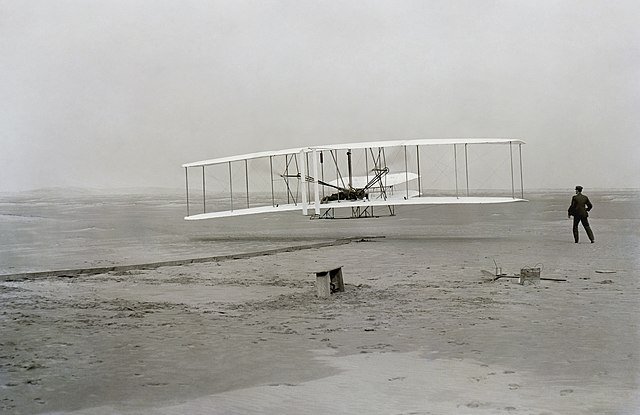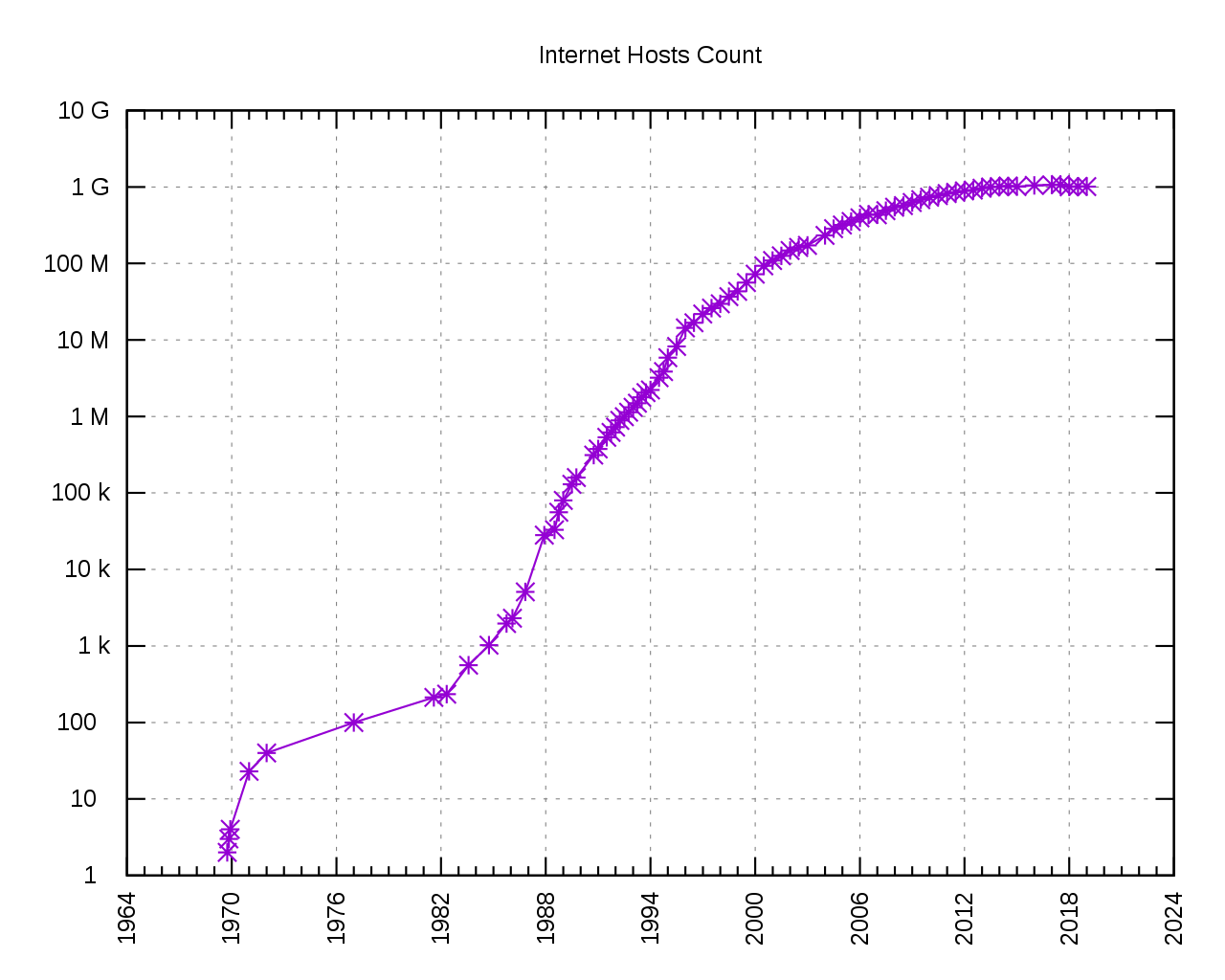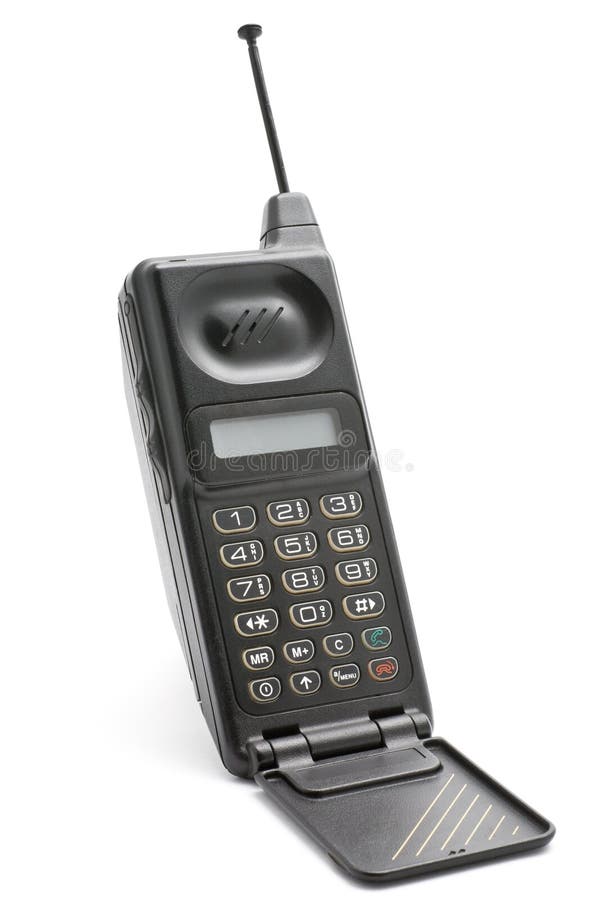Fads
The easiest way to categorize a fad is one word: short-lived. Typically, fads last for a total of one season, but they can also last less than a month. Fads are novelty driven fashion choices. A fad is often referred to as “catching on” with the larger population, but will often fade as quickly as it appeared. The easiest way to remember a fad is through a simple alliteration: fads fade. Although engaging in fads can be fun, they are often not worth investing a large amount of money or time's.
Trends
Trends have a much longer lifespan than fads. In fact, they can continue to be fashionable for years and even decades. The primary difference between a trend and a fad is that trends have the potential to be long-term influencers on the market. Iaddition, trends often involve altered classicsn .
Trends have a much longer lifespan than fads. In fact, they can continue to be fashionable for years and even decades. The primary difference between a trend and a fad is that trends have the potential to be long-term influencers on the market. Iaddition, trends often involve altered classicsn .
21st Century EDUCATION AND COMMUNICATION TECHNOLOGY
The app offers training for students, a forum and additional support for educators, and a “challenge” for students to create their own apps. At the same time, education-related games that enhance skills in English language arts and other subjects have exploded in popularity, such as “Mathalicious” and “Get the Math,” which provide practical, true-to-life experiences.
Digital Literacy
Digital literacy may encompass simple student tasks, such as creating classroom presentations, or more intricate, collaborative work, such as video clip creations or posting online “mind-maps” using digital tools.
20th Century EDUCATION AND COMMUNICATION TECHNOLOGY
- Educational Standards and Media
- Empowered Parents: Role Models for Taking Charge of TV Viewing
- Parents and Teachers: Team Teaching Media
 |
| PERSONAL COMPUTER |
 |
| THE AIRPLANE |
 |
| INTERNET |





Walang komento:
Mag-post ng isang Komento